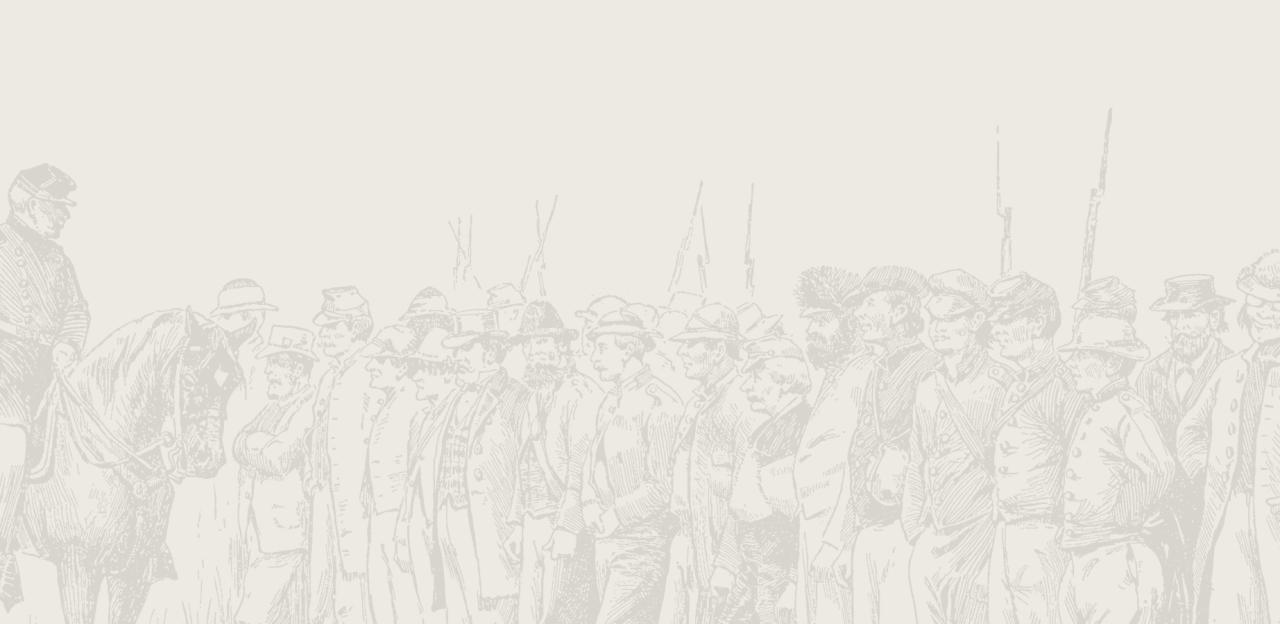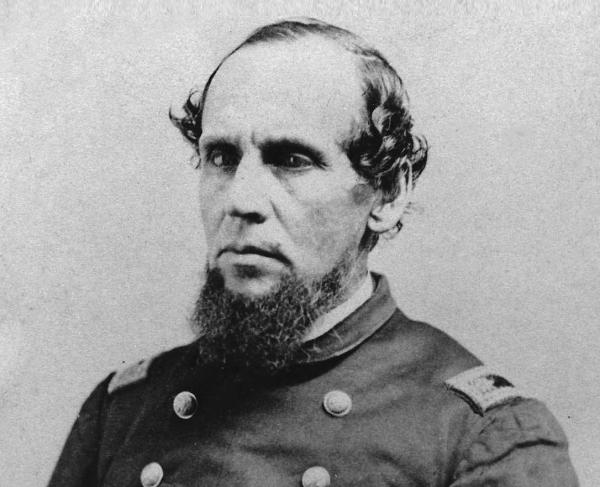Carthage

The Battle of Carthage
Missouri's loyalties were divided at the outset of the Civil War. In June 1861, Union Brig. Gen. Nathaniel Lyon attacked a secessionist concentration in Jefferson City and forced approximately 4,000 belligerents, including governor Claiborne Jackson, to evacuate the city. Union Col. Franz Sigel quickly organized an expedition into southwest Missouri with orders to fully disperse the Rebels. He camped with approximately 1,000 men in the vicinity of Carthage on July 4. The next morning, Governor Jackson and his militiamen revealed themselves on a ridge north of the town, compelling Sigel to either attack or greatly weaken his lines of communication and supply to the state capital. After a sustained artillery bombardment, Sigel launched an attack. While his men were heavily engaged, Sigel received word that a large Confederate force—actually unarmed recruits—was moving towards his flank. Sigel ordered a withdrawal into the town. The Confederate pursuit climaxed with a firefight in the town square, where Jackson's men were ultimately unable to dislodge or destroy Sigel's force before he continued the retreat to Sarcoxie. The battle sustained Confederate hopes for the loyalties of the state and paved the way for the Battle of Wilson's Creek a month later.


